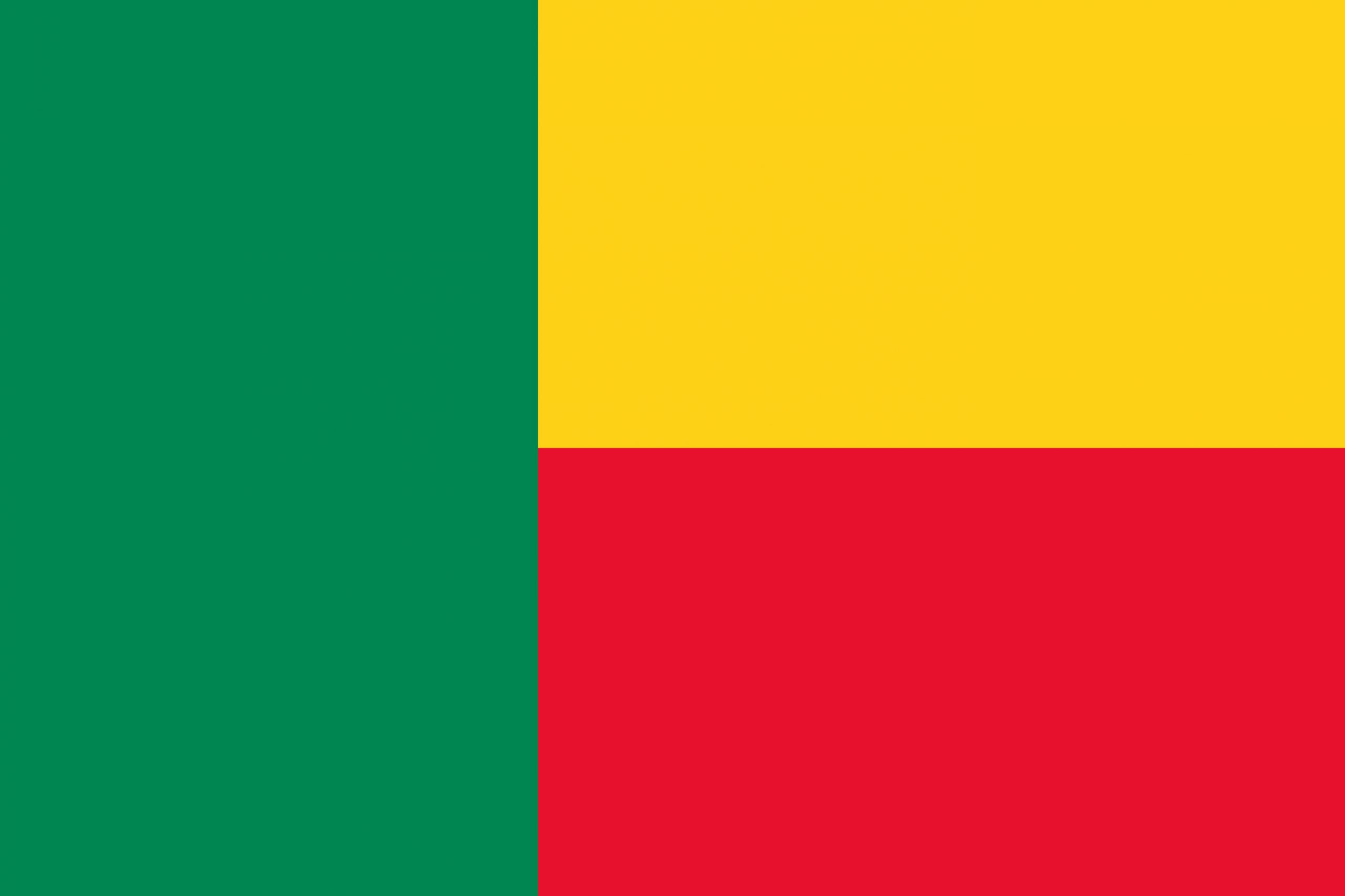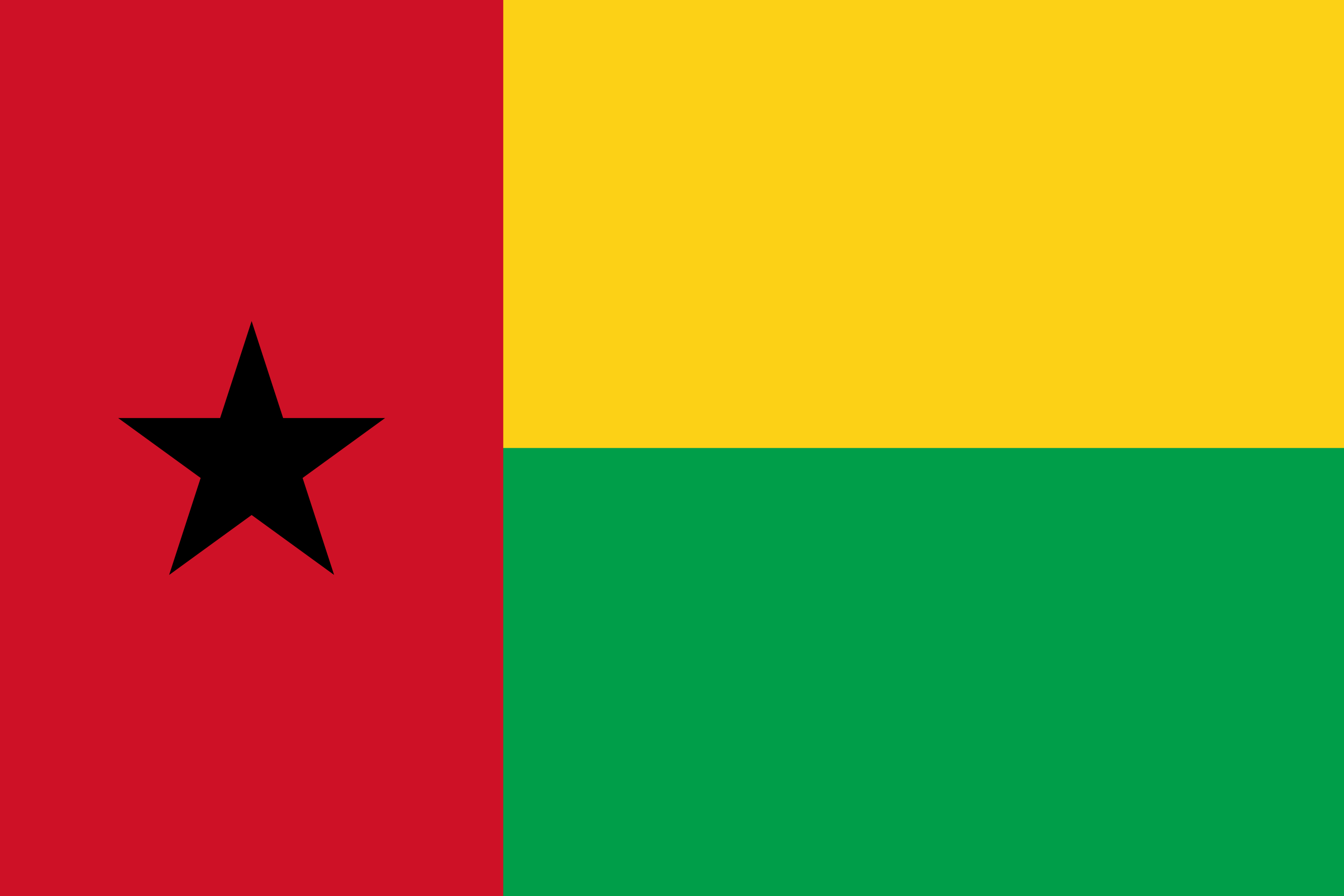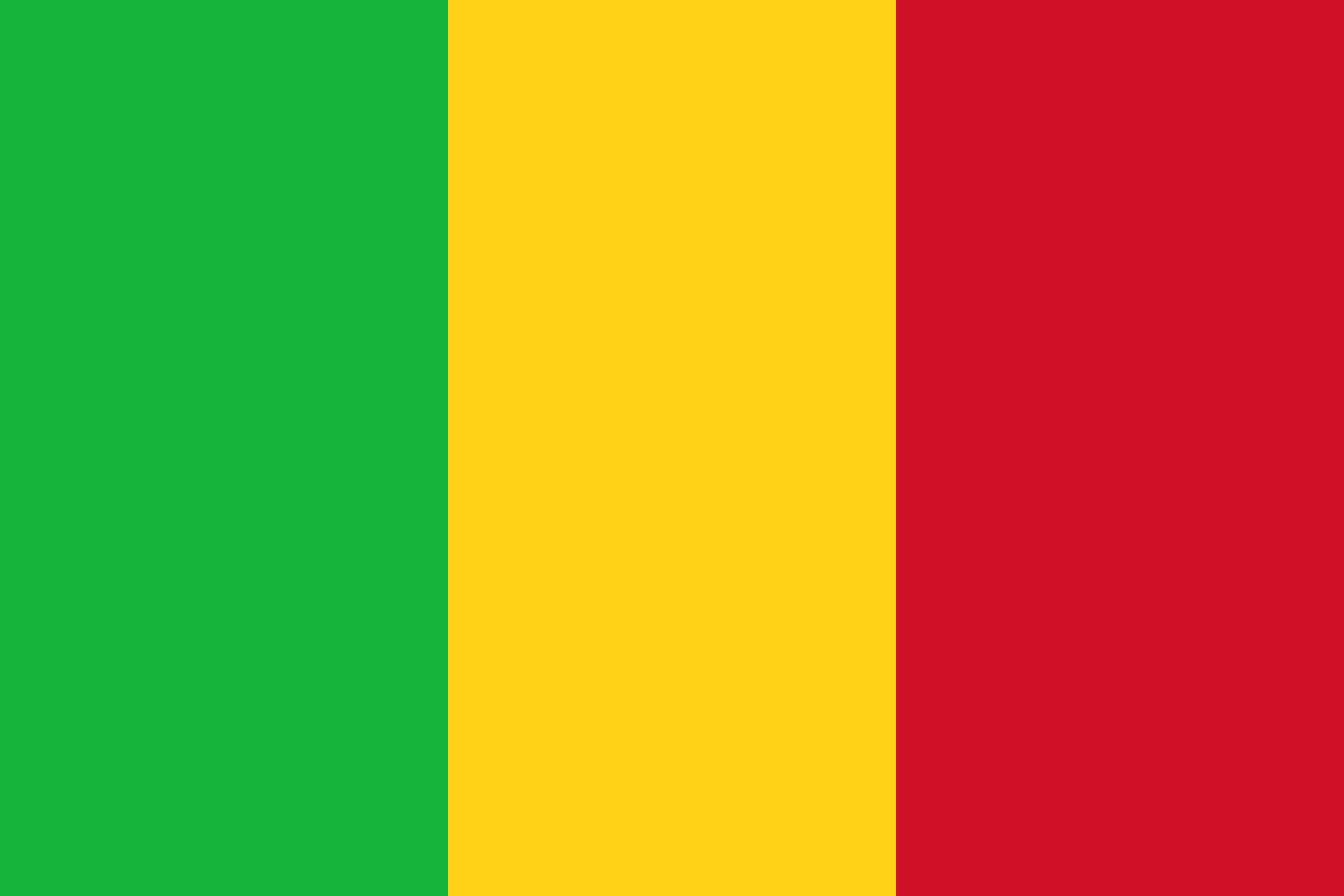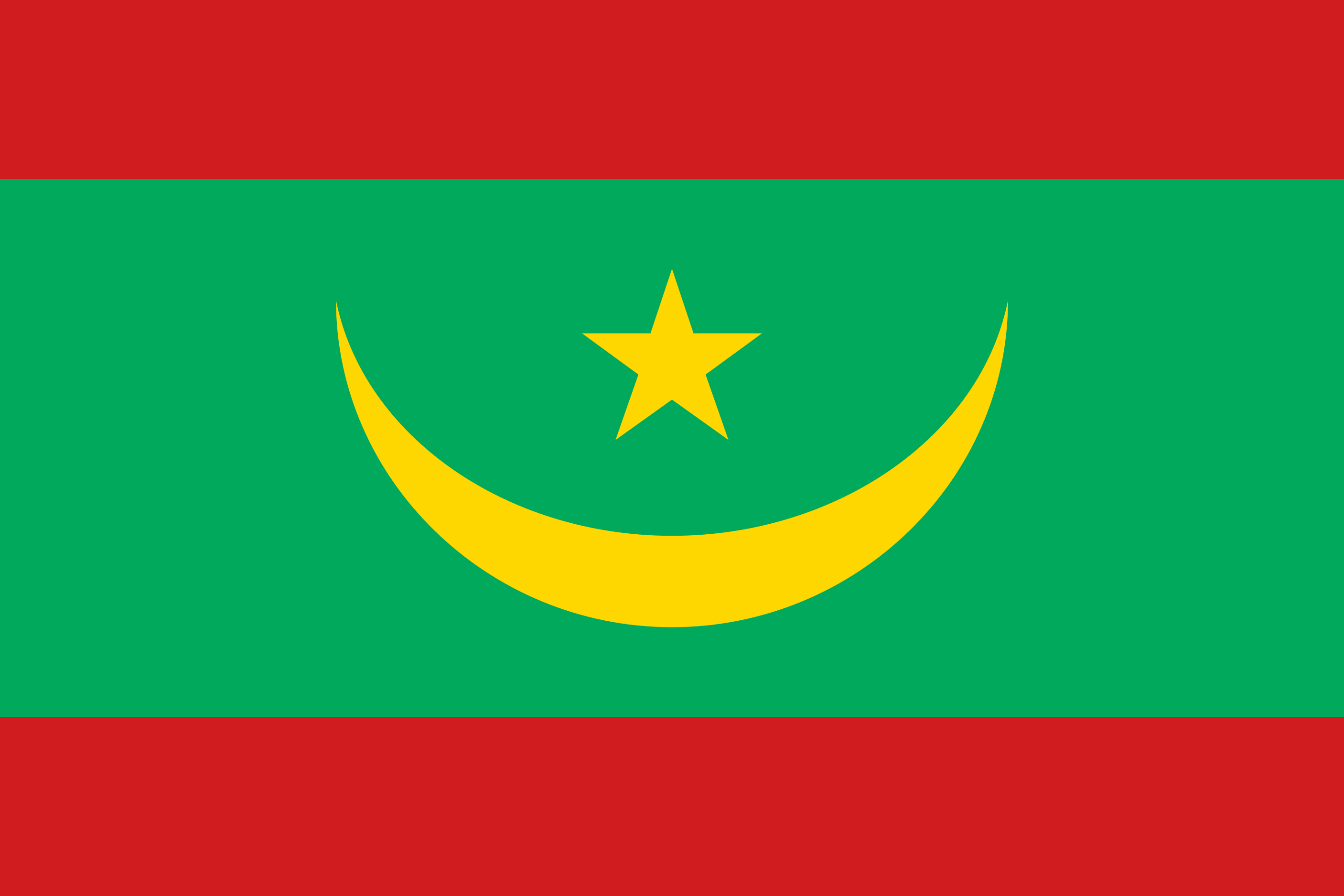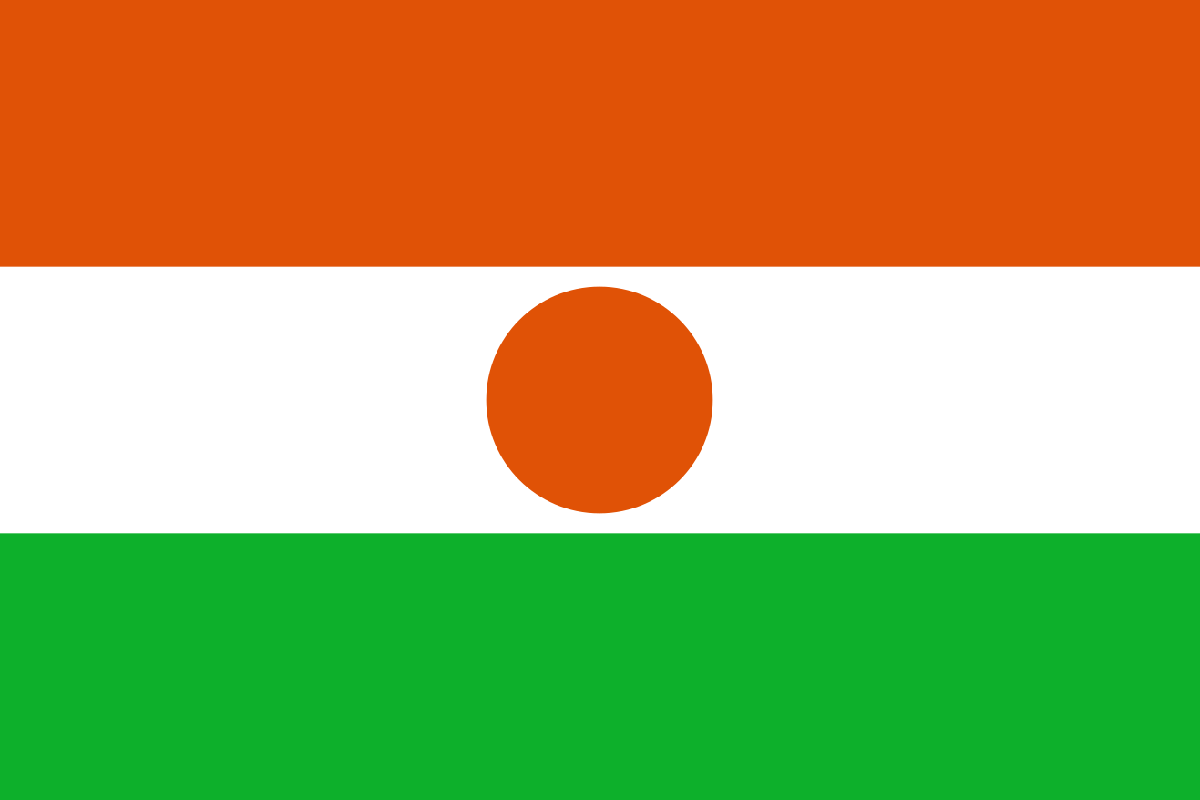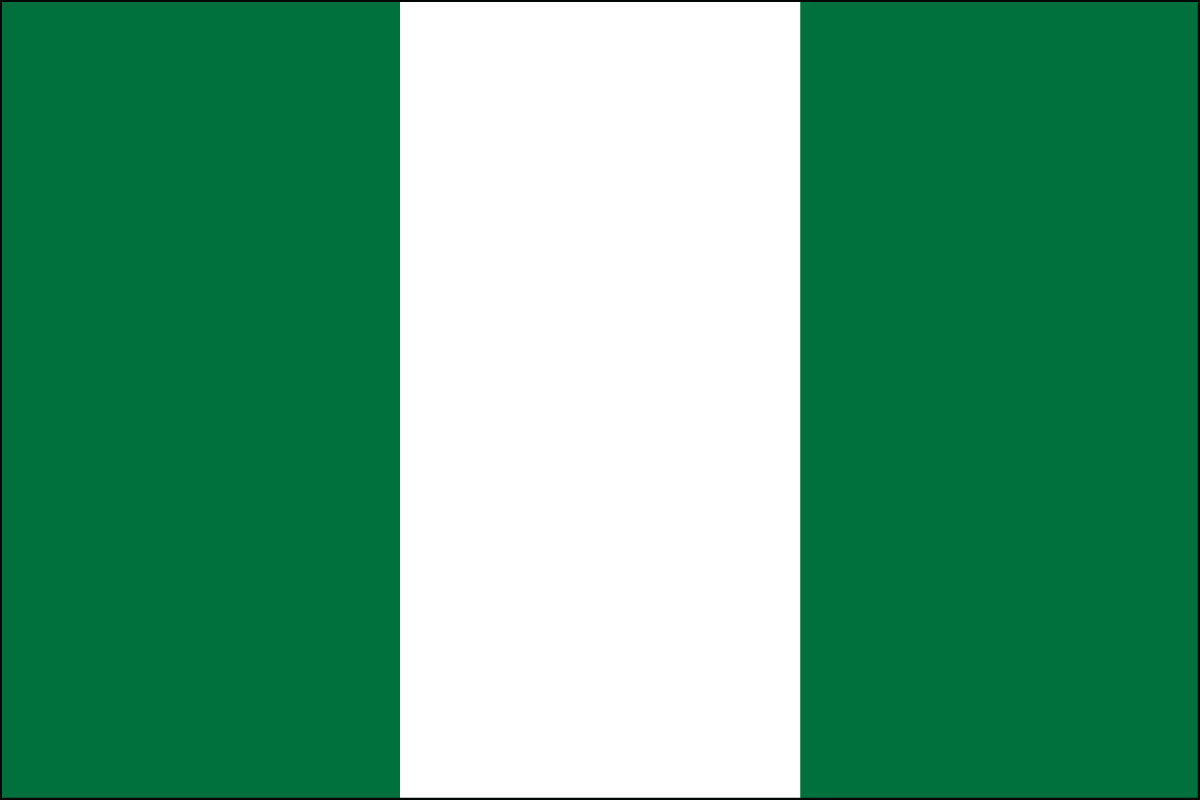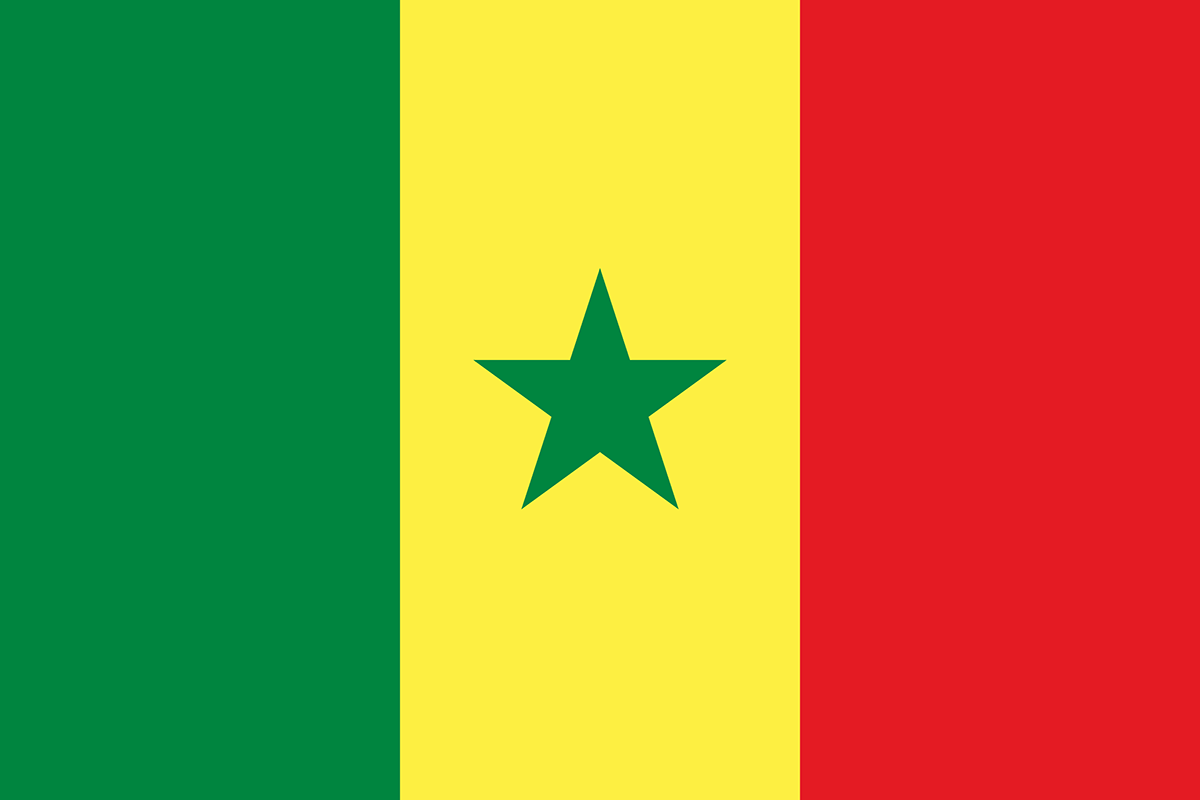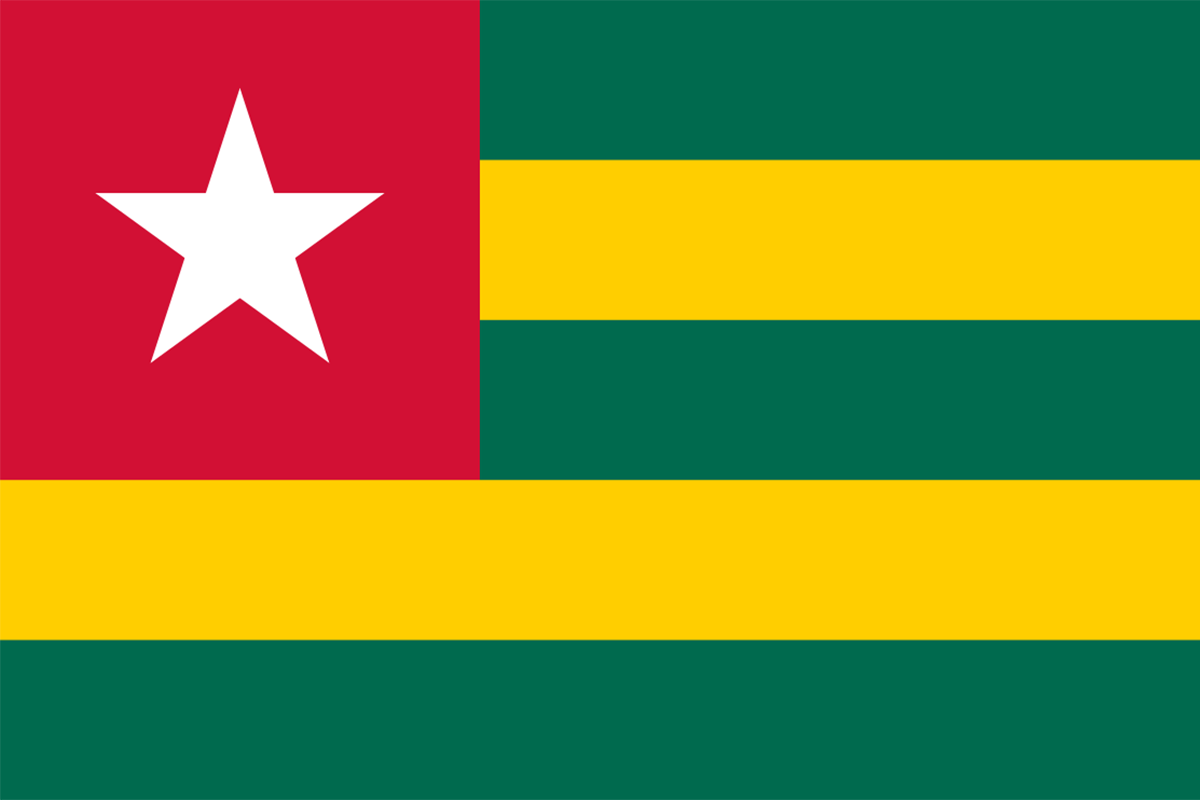The Gambia
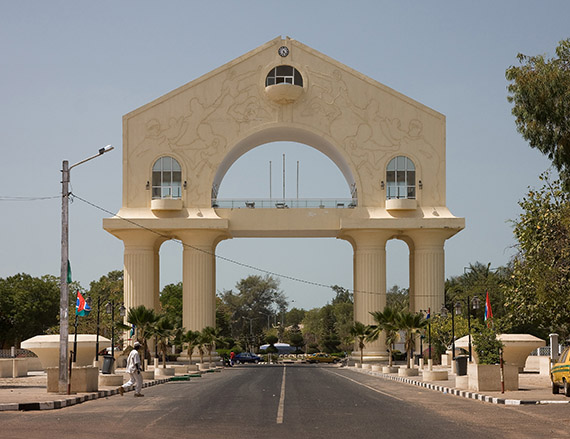

Regulatory Agency: Public Utilities Regulatory Authority (PURA)
GDP – telecommunications share of GDP: The telecommunications sector contributed 5.9% of the GDP in 2020. The sector employs about 10,000 people and provides services to over 2.2 million subscribers.
Regulatory Journey and Evolution of the Industry: The Gambia’s telecommunications industry has undergone several reforms and developments since the liberalization of the sector in 2006. The main regulatory body is the Public Utilities Regulatory Authority (PURA), which oversees the licensing, regulation, and monitoring of telecommunications operators and service providers. The main policy framework is the National Information and Communication Infrastructure (NICI), which aims to promote the development and use of ICTs for socio-economic development. The main operators in the market are Gamtel, the incumbent fixed-line operator, Gamcel, the mobile subsidiary of Gamtel, Africell, the leading mobile operator, QCell, the second-largest mobile operator, and Comium, a mobile virtual network operator (MVNO). The main services offered by the operators include voice, SMS, data, internet, and mobile money.
The Gambia has made significant progress in its digital transformation journey, especially in the areas of internet penetration and access, mobile connectivity, e-commerce growth, digital payments, ICT infrastructure, startups and innovation, digital skills and education, and government digital initiatives. Some of the key indicators that reflect the extent to which digital technologies facilitate economic, social and public (e-government) interactions are:
- Internet Penetration and Access: The percentage of the population with access to the internet increased from 18.5% in 2015 to 34.7% in 2020, according to the International Telecommunication Union (ITU). The main modes of internet access are mobile broadband and fixed wireless broadband. The average cost of 1 GB of mobile data is $2.4, which is 13.3% of the average monthly income, according to the Alliance for Affordable Internet (A4AI). The main challenges for internet access are the lack of affordability, availability, and quality of service.
- Mobile Connectivity: The prevalence of mobile phone usage, especially smartphones, reflects the accessibility of digital services. The mobile penetration rate was 88.8% in 2020, with 2.2 million active mobile subscribers, according to the PURA. The smartphone penetration rate was 35% in 2020, with 0.9 million smartphone users, according to the GSMA. The main drivers for mobile connectivity are the low cost of SIM cards, the availability of mobile money services, and the increasing demand for social media and online entertainment.
- E-commerce Growth: The volume and value of online transactions and e-commerce activities demonstrate the extent to which digital platforms are used for buying and selling goods and services. The e-commerce market size was estimated at $15 million in 2020, with a growth rate of 25% per year, according to the E-commerce Foundation. The main e-commerce platforms are Jumia, Afrikrea, Shoprite, and Konga. The main challenges for e-commerce growth are the low level of trust, the high cost of delivery, the lack of digital payment options, and the low awareness of online shopping.
- Digital Payments: The adoption of digital payment methods, such as mobile wallets and online banking, indicates the shift from traditional to digital financial transactions. The percentage of adults with an account at a financial institution or a mobile money service provider increased from 34.7% in 2014 to 48.6% in 2017, according to the World Bank. The percentage of adults who made or received digital payments in the past year increased from 26.2% in 2014 to 37.8% in 2017, according to the World Bank. The main digital payment platforms are Trust Bank Mobile Money, Qodoo Mobile Money, Africell Money, and GamPay. The main challenges for digital payments are the low level of financial inclusion, the high cost of transactions, the lack of interoperability, and the regulatory barriers.
- Capital: Banjul
- Population: 2.8 million
- Area: 10,689 km²
- GDP: $2.03 billion
- Mobile Penetration: 167.3%
- Internet Penetration: 51%
- Broadband Penetration: 5.8%

